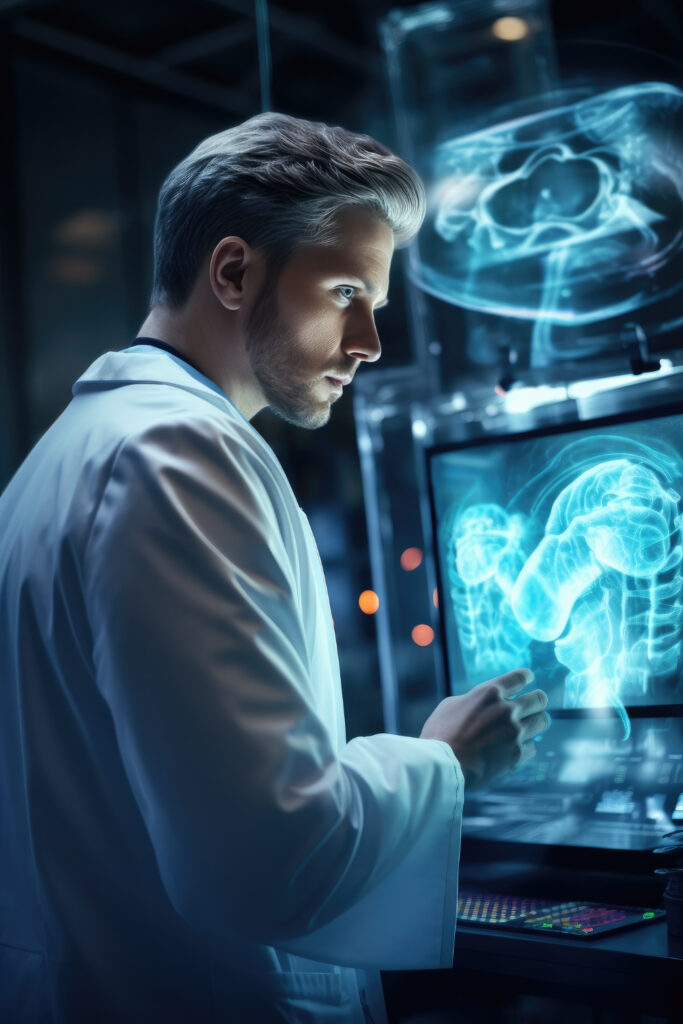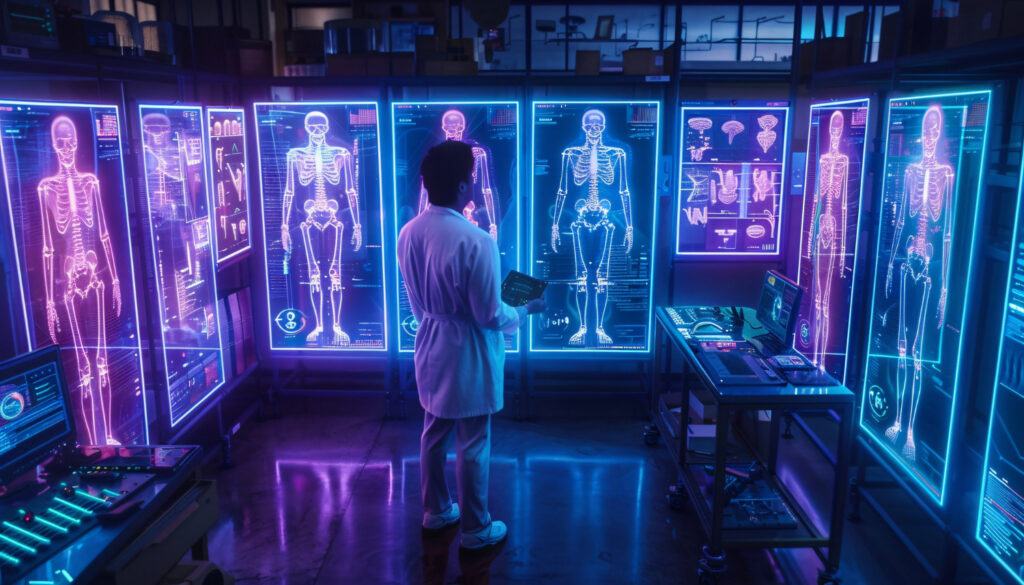The radiology field has witnessed a surge of technological advancements in recent years, with artificial intelligence (AI) emerging as a game-changer in optimizing workflows and reducing inefficiencies. Radiologists are often overwhelmed by large volumes of imaging data, administrative tasks, and the pressure to maintain diagnostic accuracy. As a result, AI-driven solutions are being implemented to streamline workflows, prioritize critical cases, and automate routine tasks, ultimately enabling radiologists to focus on patient care.
Prioritizing Critical Cases with AI
One of the primary bottlenecks in radiology workflows is the timely identification and prioritization of critical cases. AI algorithms can analyze imaging data in real-time, flagging urgent cases that require immediate attention. This not only accelerates decision-making but also ensures that patients with life-threatening conditions receive quicker diagnoses and interventions. According to a report by McKinsey & Company, AI-based triage systems have the potential to reduce radiology read times by 50%, significantly enhancing patient outcomes.
Automating Routine Tasks
Routine and repetitive tasks, such as image labeling, segmentation, and reporting, consume a substantial amount of radiologists’ time. AI-powered tools can automate these tasks, allowing radiologists to focus on more complex cases that require their expertise. Deloitte Insights suggests that automating administrative and image analysis tasks can save up to 30% of radiologists’ time, freeing up resources for research, teaching, and direct patient care.
Reducing Burnout and Increasing Efficiency
Radiologist burnout is a growing concern, often driven by high workloads and the need for constant precision. AI solutions not only reduce repetitive tasks but also serve as a second set of eyes, supporting radiologists by providing diagnostic suggestions and quality checks. The European Society of Radiology (ESR) highlights that implementing AI can lower cognitive fatigue, improve job satisfaction, and reduce error rates in radiological assessments.
Transforming Workflow Management
AI is transforming how radiology departments manage their overall workflow. By integrating AI into Picture Archiving and Communication Systems (PACS) and Radiology Information Systems (RIS), healthcare institutions can optimize scheduling, reduce patient wait times, and enhance resource allocation. According to a study by Accenture, the adoption of AI in workflow management can lead to a 20-30% improvement in overall operational efficiency for radiology departments.
Challenges and Ethical Considerations
Despite the numerous benefits, integrating AI into radiology workflows comes with its own set of challenges. Data privacy, algorithmic bias, and the need for regulatory compliance are critical factors that must be addressed to ensure the safe and ethical implementation of AI technologies. Institutions like the American College of Radiology (ACR) and the European Society of Radiology (ESR) are actively working on guidelines and frameworks to support the ethical use of AI in clinical settings.
Conclusion
AI-driven workflow optimization is transforming radiology by reducing bottlenecks, enhancing efficiency, and improving patient care. From prioritizing critical cases to automating routine tasks, AI is enabling radiologists to work smarter, not harder. While challenges remain, the continued collaboration between healthcare institutions and AI developers will be crucial in shaping the future of radiology.
References
- McKinsey & Company – “Transforming Healthcare with AI”
- Deloitte Insights – “The Role of AI in Radiology: Reducing Burnout and Increasing Efficiency”
- Accenture – “AI in Healthcare: Operational Efficiency in Radiology”
- European Society of Radiology (ESR) – “AI in Radiology: Ethical Considerations and Implementation Guidelines”
- American College of Radiology (ACR) – “Ethical AI Practices in Radiology”


